Are Crocs slippers anti slip?
Proper Fit:
Assize 13 men's feet go, mine aren't particularly well-spaced or proportioned. Mine is a little more bum-shaped, too. On boots that fit my feet loosely but snugly -- not overly tight and really snug -- I can keep my feet from sliding around inside the boot. Having your feet slide around is only going to produce blisters or worse for those of us who have less than perfectly spherical human appendages.
Since nobody else's foot will be the same as your own, you really should try on the boots in person, but if you can't take them to a store at least find a boot fitter and have them size your feet while standing over them. Pay attention to how the foot-bed seats in the boot, where your toes sit, and how comfortable the lacing is.
If you're going to be walking over rough terrain for a long hike, you may want to consider a steel toe for protection. Steel toes are especially important if you climb rocks or go hunting. But if you're walking on the pavement a steel toe isn't necessary and may add weight and be uncomfortable -- they also interfere with socks and some footwear insoles.
For easy hikes on mostly flat trails or regular day hiking, leather is preferable because it is more breathable and less slippery when wet than some synthetic materials like nylon uppers will be.
Things to consider before buying hiking boots for snow
1) Hiking boots upper: When it comes to hiking in snow, the most important part of your boot is the upper because waterproofing is absolutely essential for a comfortable, dry hike in winter conditions. For this reason, one of the most important features for buying hiking boots for snow is a waterproof/breathable membrane in the upper. The membrane needs to be able to withstand some wear and tear, too. Venting and other features are also important if you expect to hike in warmer winter conditions.
2) Insole: The presence of an insulating layer inside your boot is very important if you want to keep your feet warm in the winter. If you're hiking in snowpack or glaciers, you need a rigid insole with good traction because you will be walking on slippery surfaces often. If you're hiking in the wind, a comfortable pair of boots is very helpful.
3) Midsole: the midsole provides flexibility (so you can bend your ankle) and shock absorption (so you don't break your shins on things as you like). It also gives you protection from rocks, roots, and sticks that may be in the way. You want a midsole with good support and traction, too. Depending on the weight of your backpack, you may also want a thin or thick midsole.
4) Outsole: The outsole can be made of plastic or rubber depending on its purpose. If your hiking boots have a Vibram sole, you can expect to have excellent grip and traction on all kinds of terrain. The outsole also protects your shoes from wear and tear, so it's a good idea to look for one with good durability.
5) Sizing and fit: the best way to judge sizing is to try on the boots before buying. Many boots are too big or small when they arrive, so check their fit against another pair of shoes that you know fits well.
6) Weather and environment: Hiking clothing made of synthetic fabrics is breathable enough that you won't get wet if you're moving fast enough in cold weather. Many boots use Gore-Tex as a way to waterproof almost all of the boots except for the toe. If you plan to hike in cold weather, you need a pair of waterproof boots.
7) Protection from water: when it comes to hiking boots, your feet can get wet pretty quickly in snowfall or rain, so look for ones that are made with Gore-Tex or something similar. However, hiking boots are not typically designed for what's known as "cold weather booting" where you hike in ice and snow without much protection. There are other options besides Gore-Tex that will keep your feet dry if you're trying to save weight and don't mind being limited by weight capacity.

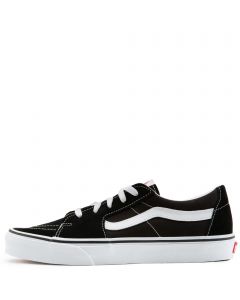
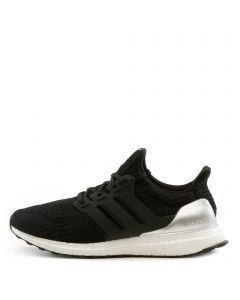
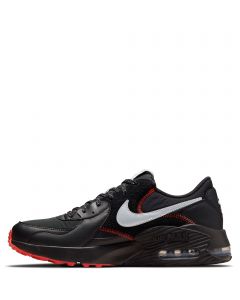
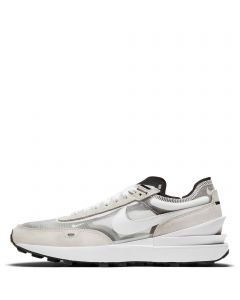
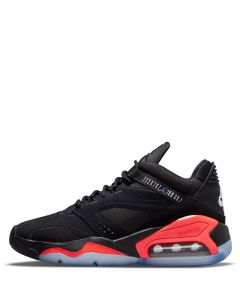
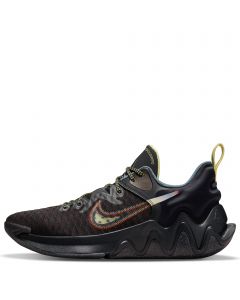


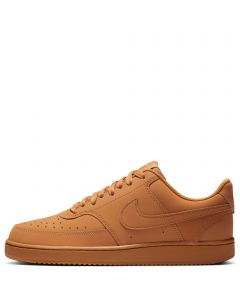
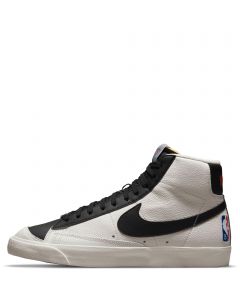
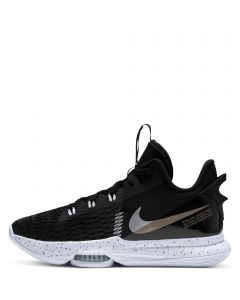
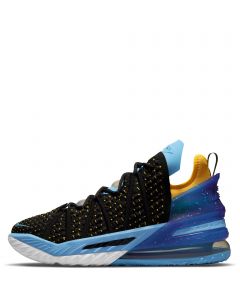
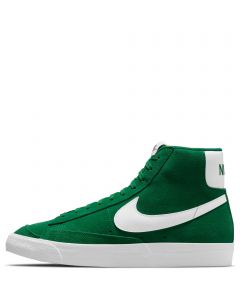
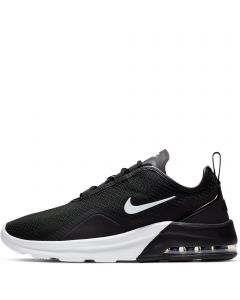
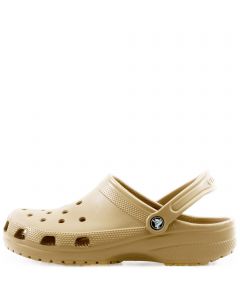
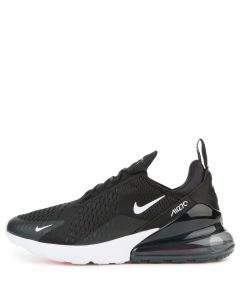
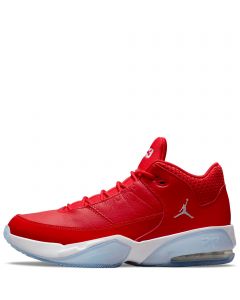
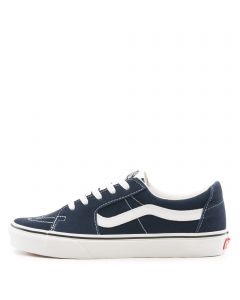
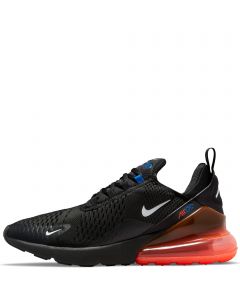
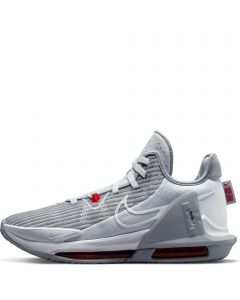
Comments
Post a Comment